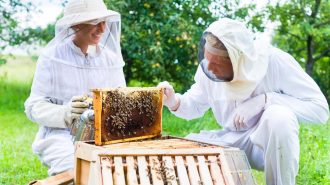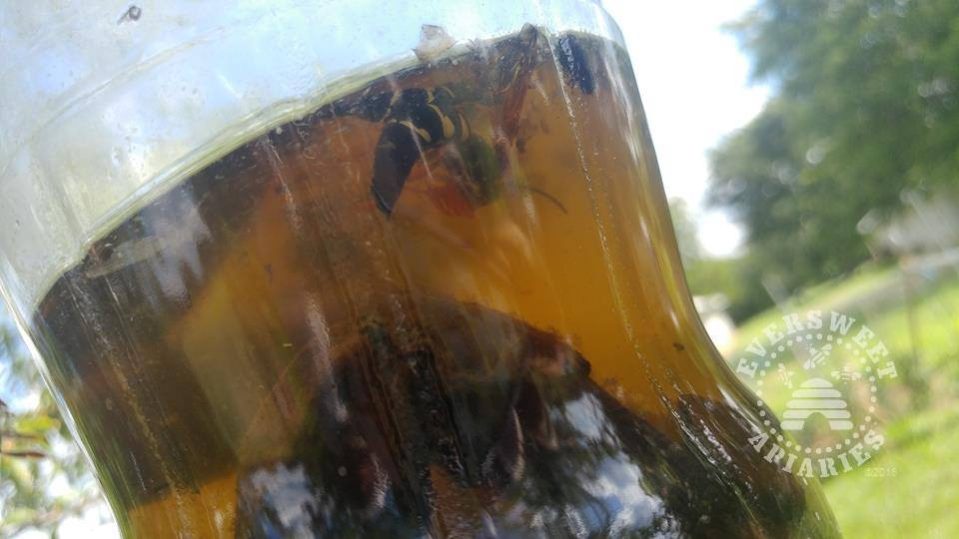
It’s February….Keep an eye on your hives!
Making Queens from Overwintered Colonies in Early Spring

It’s February….Keep an eye on your hives!
Making Queens from Overwintered Colonies in Early Spring
March Beekeeping Tasks

Feeding
March is a dangerous month for bees. By this point, they have used all their honey stores. While nectar flows maybe be starting, the temps are not always conducive for foraging. When temps allow for inspections, monitor nectar/pollen intake. Always have supplemental feed on the colony. It will be available if they need it. Bees can starve within days without carbs. Sugar slurry is an excellent feed this time of year.
The next steps depend on above freezing weather. If nighttime temps are steady in the 40-50s, remove your inner covers, install your feeders, and add a gallon of 1:1 sugar water. If they take it, step up your feeding as 1:1 sugar water will stimulate early brood production. Keep pollen patties on the hives. Never have a super with drawn comb on with a feeder in the spring. They will fill it with sugar water. Later, when the feeders are removed, replace them with a top screen to insure proper ventilation. Honey production will be increased because the hive will be cooler and the bees do not have to bring in so much water to cool the hive. The energy saved is used to bring in nectar, pollen, and perform other tasks.
Adding Boxes & Supering
Place medium or shallow foundation on the hive under the feeder as some may start to build comb. If they do not, at least you had them on early and not late. In beekeeping, late is not an acceptable practice. Be sure to place queen excluders under boxes you will be using for honey production. This not only prevents the queen from laying in the comb but the bees will get use to traveling through it. If they are reluctant to pass through it, spray the comb with sugar water or Honey-B-Healthy. Queen excluders should be placed on weeks in advance of major nectar flows.
There should be a minimum of three deep frames of brood or five medium frames before placing any foundation or drawn comb supers at this time. With less than that you have to wait for more brood build up, add brood, or re-queen. This is a monitoring stage.
Watch for the need to add more supers. We have two supers on with queen excluders by mid-March. The supers have nine frame spacers with six frames of comb and three frames of foundation.
Nucs/Splits
Resist the urge to do splits. March weather is unpredictable; often with nighttime freezing temps. Splits make two weak colonies and they might freeze and/or suffer from chill brood.
Perform brood manipulation/equalization for swarm management. If all colonies are equal in size, make a nuc or split from multiple colonies if possible and let them queen themselves if queens aren’t available to purchase.
IPM
Be on the look-out for common spring time ailments such as chalkbrood & European Foulbrood (EFB). These are stressor diseases which are opportunists of weak, malnourished colonies and colonies suffering from age imbalances. These stressor diseases usually correct themselves with the on-set of nectar flows and when the colony can produce more young bees. Adding nurse bees can jump start the healing process.
Always be vigilant of mites. If using spring medications be sure to pick the appropriate treatment for your colonies. Take in to account temperatures, size of colony, possible side effects, and are honey supers on. These variables will help you to decide the proper medication. Our Mite Treatment Charts can help you select the appropriate medication.





















